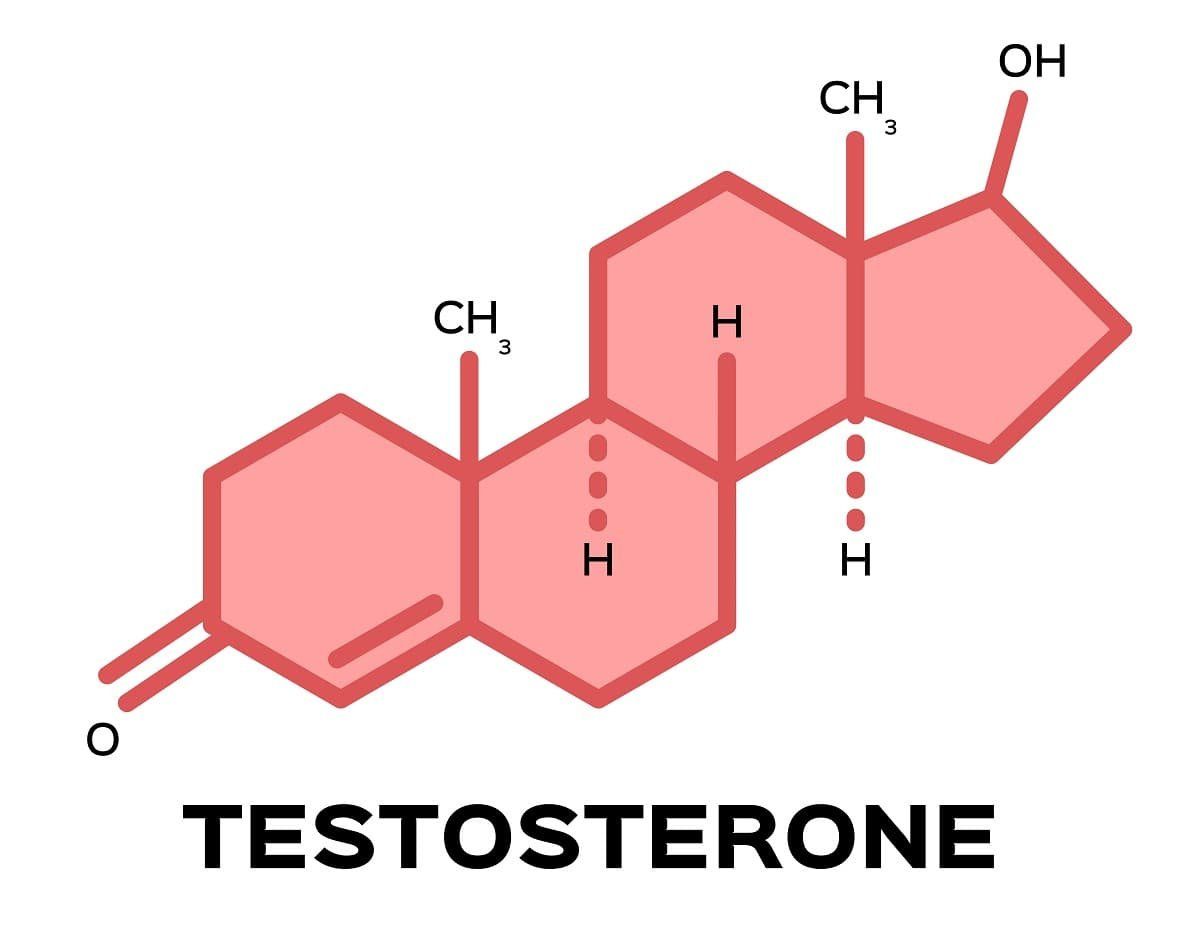Androgens. The name might suggest it's a male-only concern, but that's far from the truth. These hormones, often associated with testosterone and male characteristics, are just as crucial for women's health, although very poorly researched. Women have higher levels of androgens than estrogen, and they play a significant role in our overall well-being.
So why the fuck are we still calling them "androgens" when this name misleads everyone? Because testosterone and DHT were discovered in rooster testicles? Could be.
What Even Are Androgens?
Androgens are a group of hormones that include testosterone, DHEA (dehydroepiandrosterone), and androstenedione. They have 19 carbons and are made in the gonads (testicles and ovaries), the adrenal glands, and peripheral tissues. They're often described as "male hormones" because men generally have higher levels, but the reality is that these hormones are essential for women, too. In fact, in a healthy premenopausal woman, total androgen levels are anywhere from 5 to 10 times higher than estrogen levels.
Read that again: Women have more androgens than estrogen.
Yet we keep treating androgens like some rogue male invader in the female body instead of acknowledging their crucial role in everything from libido to muscle maintenance to brain function. For instance, androgens are vital for bone health, contribute to maintaining muscle mass, and regulate mood and cognitive function. Remember libido (which is what testosterone is most famous for helping), it is literally called “getting in the mood” - it is from the brain.
Keep reading with a 7-day free trial
Subscribe to Dr. Kelly Casperson's Substack to keep reading this post and get 7 days of free access to the full post archives.




